Treatment of Intermittent Strabismus Since intermittent strabismus is associated with at least occasional binocularity, vision training is often helpful for the patient to improve their ability to keep the eye straight The patient needs to be motivatedTreatment for exotropia depends on how often you have symptoms and on how severe they are Prism in your glasses may be prescribed to help with double vision Eye muscle surgery is also an option, especially if your exotropia isIn Intermittent Exotropia J Ophthalmol Sci ;2(2)14 Jornal o Ophthalmoloical Science Page 3 of 4 Discussion The management of intermittent exotropia is complex The severity and duration of fusion disruptive exo deviated state, usually influences the clinician regarding treatment decisions The natural history of intermittent exotropia
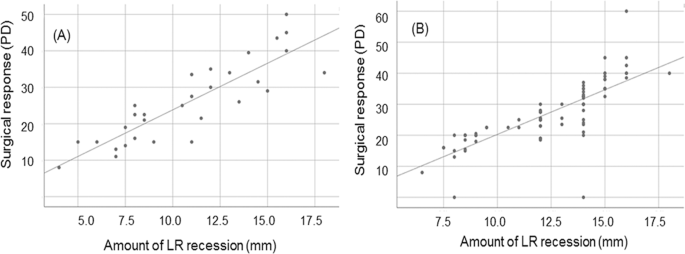
Survival Analysis Of Adult And Children Intermittent Exotropia Using A Matched Case Control Design Scientific Reports
Treatment of intermittent exotropia in adults
Treatment of intermittent exotropia in adults-Treatment of Intermittent Exotropia of the Convergence Insufficiency Type with Bupivacaine 075% 5Year Experience and Outcomes At 5 years outcome, bupivicaine 075% offers a simple alternative therapy for CIXT type strabismus patientsIntermittent Extropia with minus lenses CS/ST/DP/0419/v10 – review 0122 DGH/PIL/029 Page 1 Patient Information Treatment of Intermittent Exotropia What is Intermittent Exotropia?




Exotropia American Association For Pediatric Ophthalmology And Strabismus
Treatment of intermittent exotropia Intermittent exotropia should be treated immediately, as any misalignment indicates that the eyebrain connection is not working effectively The most successful treatment for strabismus is vision therapy, usually with other means such as eye patching, eyeglasses, and surgeryAn exotropia is an outward eye turn that can have a large variety of presentations It can be intermittent, constant, unilateral, alternating and vary in magnitude An exotropia has a variety of causes, some of which can be life threatening If an eyeturn is suspected or there is a family history of an eyeturn a comprehensive eyeexamination If an adult has newonset strabismus, it is typically the result of a disease process or trauma "There are myriad causes of adult strabismus, and the treatment often relates to the cause," says Stephen P Christiansen, MD, from Boston University School of Medicine "It's not uncommon for childhood strabismus to reappear in adults
Background The clinical management of intermittent exotropia has been discussed extensively in the literature, yet there remains a lack of clarity regarding indications for intervention, the most effective form of treatment and whether or not there is an optimal time in the evolution of the disease at which any treatment should be carried out Although the nonsurgical treatment for intermittent exotropia is not very effective but it may be preferred in patients with small (Staying as healthy as possible may also help Feeling sick or having a fever may cause the intermittent exotropia to temporarily occur more frequently
Exophoria is a type of heterophoria characterized by a tendency for outward deviation of the eyes from the standard visual axis In the majority of cases, it arises due to convergence insufficiency or inability to maintain proper eye alignment at near vision and the cause is unknown Exophoria Read more about Symptoms, Diagnosis, Treatment, Complications, Causes and PrognosisAbout 50% of all intermittent exotropia falls into this category1,2,3 In recent years, there has been abundant literature supporting the fact that adult strabismus surgery improves cosmesis and binocular function4,5,6,7 Optometric literature has shown the efficacy of vision therapy for exotropia, even in those with anomalous correspondence and suppressionHypertropia — What to Know for Kids and Adults Hypertropia is a form of strabismus in which one eye turns upward, putting it out of alignment with the other eye Other types of strabismus include esotropia (one or both eyes turn inward), exotropia (one or both eyes turn outward), and hypotropia (one or both eyes turn downward)



Adult Strabismus Back To Basics Sydney Ophthalmic Specialists




Adult Intermittent Exotropia Pre And Postoperative Examination Notes Download Scientific Diagram
This will force the muscles in the affected eye to work harder and become stronger over time You'll need to do this for a few weeks before you may notice an improvement with your exotropia If both of your eyes experience exotropia, alternate wearing the patch for a few hours a day so each eye is covered at some pointBackground Intermittent exotropia (IXT) is the most common form of childhood exotropia 1, 2 with an incidence of 321 per 100,000 in children under 19 years of age 1 The strabismus is characterized by an exodeviation of one eye that is interspersed with periods of ocular alignment 3 Reliable measurement of the deviation is often hindered by the variable nature of the strabismus, A 33yearold woman was referred for evaluation of intermittent esotropia When playing video games at a distance or when reading, she developed oscillopsia with eyestrain and noted that her right eye turned up and in
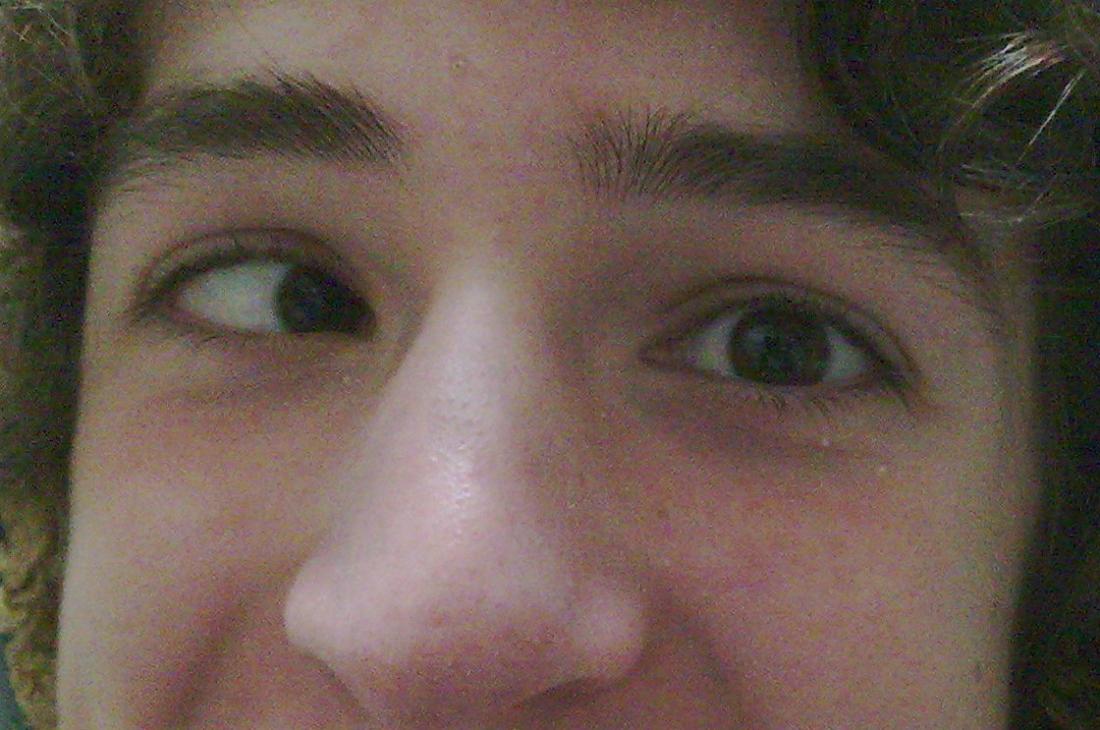



Esotropia Types Symptoms And Treatment




Management Of Intermittent Exotropia Of The Divergence Excess Type A Teaching Case Report The Journal Of Optometric Education
Intermittent exotropia (X(T)) is one of the most common type of strabismus in children as well as adults, especially in the Asian and South Asian populations1–4 In these populations, it has been estimated that the prevalence of exotropia can be up to 7–185 times higher than that of esotropia, out of which the most This is a handy exercise for exotropia Draw three barrels of progressive size in red lengthwise on one side of a card Do the same thing in green on the other side Hold the card lengthwise and Basic exotropia accounts for approximately 50% of all intermittent exotropias Many clinicians view treating these patients, especially adults with childhoodonset exotropia, as challenging Conflicting opinions still exist regarding prescribing any treatment for adult strabismics, including surgical realignment and optometric vision therapy (VT)




Pdf Stereopsis Deficiency Treatment Using Virtual Reality Games In Exotropic Candidate For Firefighte



Intermittent Exotropia Wright Center
Both groundin prisms and temporary stickon prisms have been described in the treatment of intermittent exotropia Basein prisms can be used to neutralize the deviation to stimulate fusion, or to overcorrect the deviation in the hope of reducing the deviation, 38 but this treatment modality is not commonly used today OverMinus Glasses Botox is not used as much as other treatment options for esotropia Certain types of eye exercises can also help These are often referred to as vision therapy Engaging patients (parents/families) in treatment decisions is increasingly recognised as important and beneficial Yet where the evidence base for treatment options is limited, as with intermittent distance exotropia (X(T)), this presents a challenge for families and clinicians The purpose of this study was to explore how decisions are made in the management
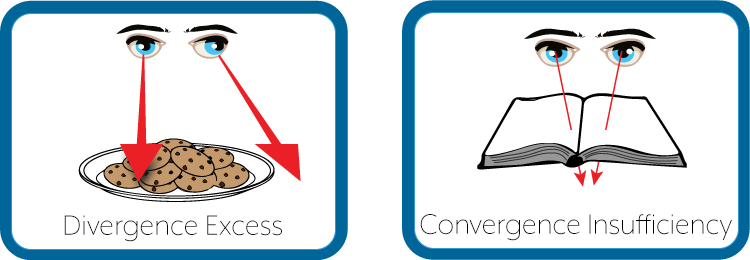



Exophoria




How To Fix Exotropia 9 Steps With Pictures Wikihow
Exotropia is a type of strabismus (eye misalignment), where one eye turns, or deviates, outward (away from the nose) The deviation may be constant or intermittent, and the deviating eye may always be one eye or may alternate between the two eyes The deviation or eye turn may occur while fixating (looking at) distant objects, near objects, or bothOthers develop it as an adult when one eye loses vision The eye with poor vision can wander How is exotropia treated?Exotropia is a form of strabismus where the eyes are deviated outward It is the opposite of esotropia and usually involves more severe axis deviation than exophoriaPeople with exotropia often experience crossed diplopiaIntermittent exotropia is a fairly common condition "Sensory exotropia" occurs in the presence of poor vision in one eye




Surgical Dosage For Intermittent Exotropia As Per Authors Experience Download Scientific Diagram




Intermittent Exotropia Decompensated Youtube
Crossed eyes can be constant or intermittent A constant esotropia is present all the time, whereas intermittent esotropia may become apparent only when looking at close objects or only when looking at distant objects, or if the affected person is tired or sick Intermittent esotropia often requires treatment to prevent it from becoming constantDepends on severity treatment for alternating exotropia includes observation, patching, glasses, penalization with Atropine, exercises, and surgeryit all depends on how Read More 23k views Answered >2 years ago ThankEsotropia by 3 years of age10 Whereas adultonset strabismus can result from a neurologic disorder (eg, brain tumor) or systemic disease (eg, diabetes mellitus), adequate control of the general health status of a
/esotropia584188178-5a47bd82beba330037d008c3.jpg)



Esotropia Causes Types And Complications
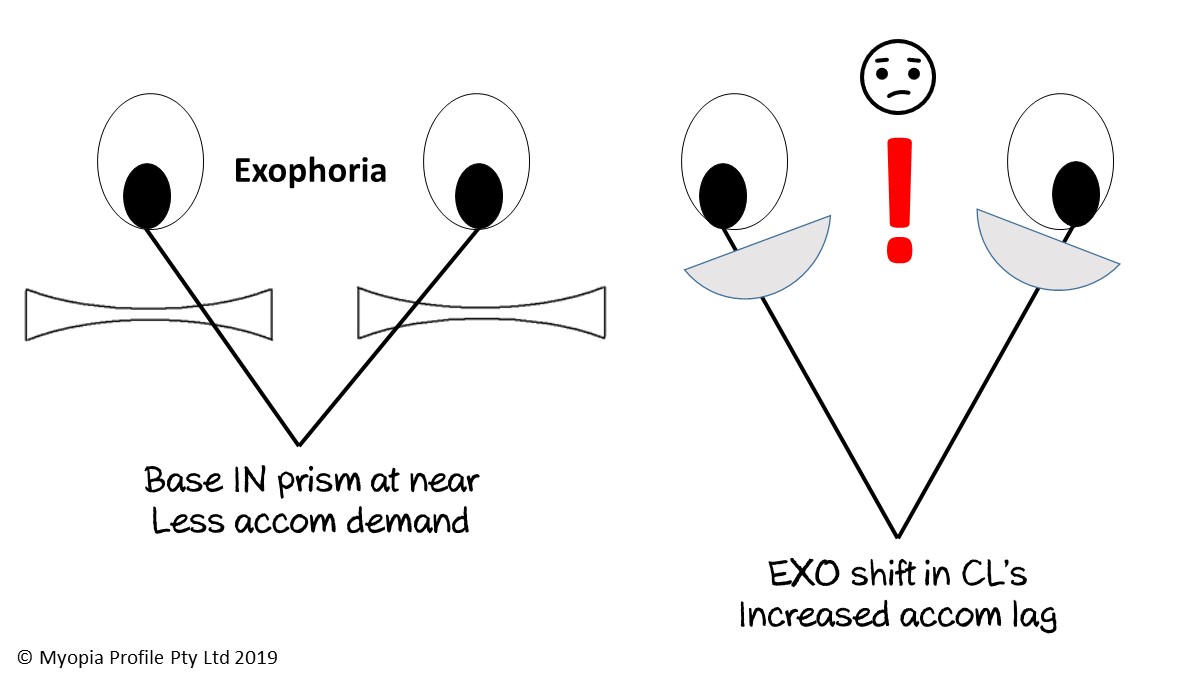



What About The Exophores Myopia Profile Binocular Vision Myopia Control
It may be intermittent or constant and may occur with near fixation, distance fixation, or both The crossing may occur mostly with one eye or may alternate between eyes Esotropia may occur at any age and is the opposite of exotropia (outward eye turn) FigExotropia is a common form of strabismus characterized by an outward eye turn, away from the nose Exotropia is a eye turn where one eye points outwards, this may be noticed while the child is looking at distance objects, near objects or bothThe surgical management of intermittent exotropia in adults Most studies of intermittent exotropia deal primarily with children However, the manifestations of this disorder in adults differ considerably from those in children The case records of 44 adults (ages 1570) who underwent surgery for intermittent exotropia were analyzed




Intermittent Exotropia Adult A D D Adhd
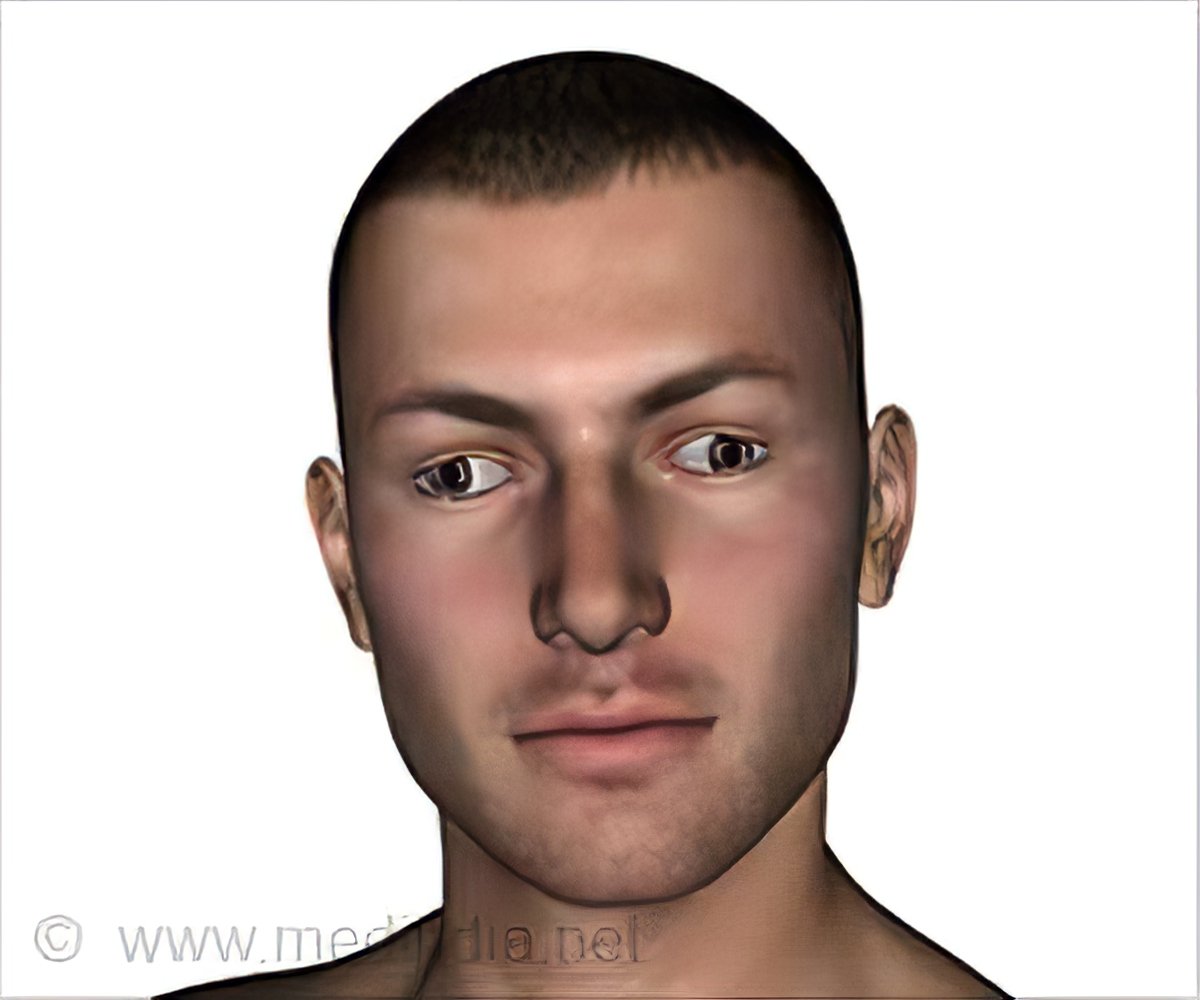



Exotropia Types Symptoms Diagnosis Treatment Prevention
Exotropia is a type of strabismus, which is a misalignment of the eyes Exotropia is a condition in which one or both eyes turn outward away from the noseIntermittent exotropia (X (T)), the most common form of divergent strabismus, is seen in 60–70% of normal infants, is transient, and usually resolves in the first few months of life as the attention required to maintain binocularity improves 1 Small exophorias are found in The case records of 44 adults (ages 1570) who underwent surgery for intermittent exotropia were analyzed These patients experienced a variety of preoperative symptoms including diplopia, headache, difficulty with reading, and ocular fatigue or pain Cosmesis was a rare presenting complaint
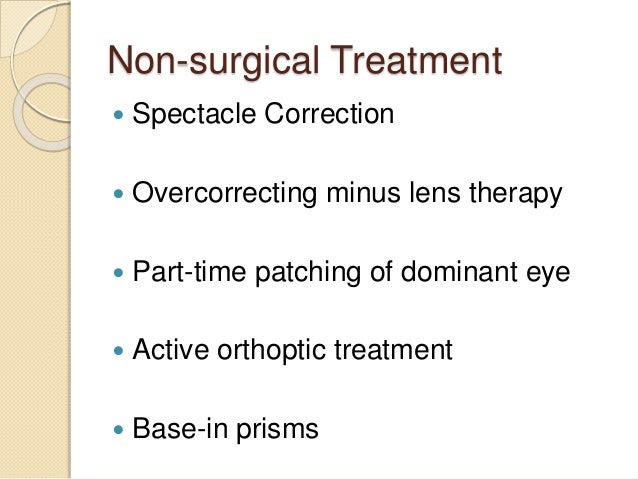



Intermittent Exotropia




Exotropia Types Symptoms Diagnosis Treatment Prevention
Vision loss Untreated exotropia can give rise to blurred vision and further increase the risk of permanent loss of vision Constant Exotropia Untreated intermittent Exotropia can change into permanent Exotropia which finally results in vision loss Other complications There is possibility of complications after surgery as well Sometimes, Exotropia is not completely treated A study by The University of Arkansas found that most people with Intermittent Exotropia also have neurological issues, such as Attention Deficit Disorder If Thomas Hartman is correct that those with ADD/ADHD were nomadic hunters millions of years ago, perhaps having Intermittent Exotropia gave them the ability to see animals a little bit Introduction Intermittent exotropia (X(T)) is one of the most common type of strabismus in children as well as adults, especially in the Asian and South Asian populations1–4 In these populations, it has been estimated that the prevalence of exotropia can be up to 7–185 times higher than that of esotropia, out of which the most common type is X(T) accounting for about
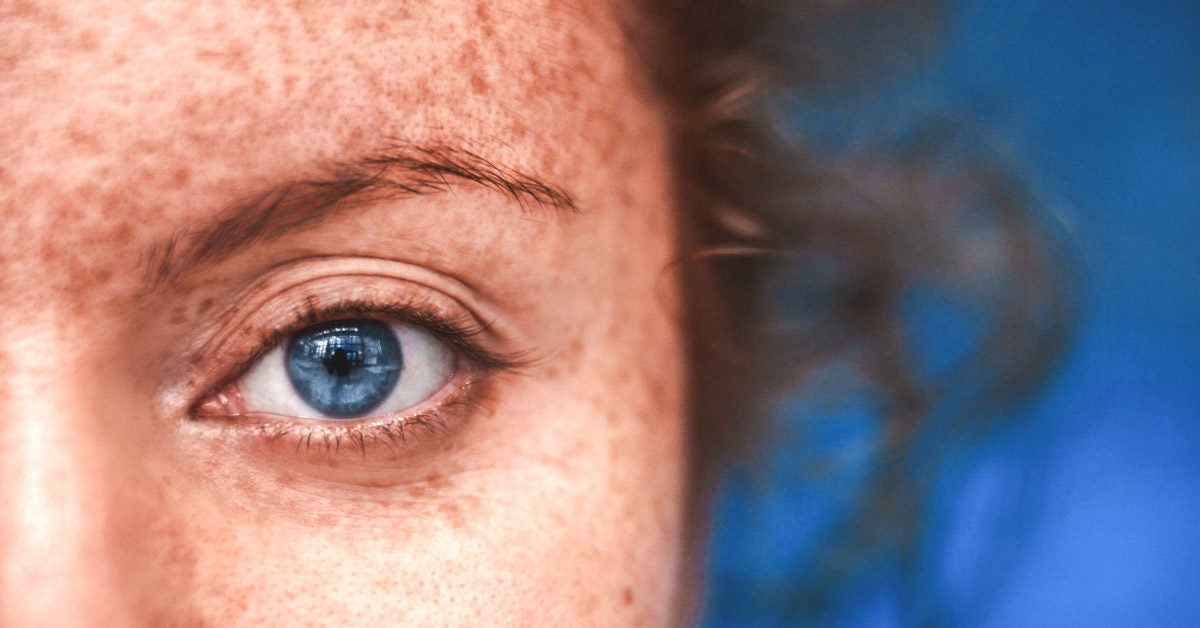



Exophoria Definition Treatment And How It Compares To Exotropia



Overminus Spectacles For Intermittent Exotropia Linked To Myopic Shift American Academy Of Ophthalmology
Common sense approaches may help to control intermittent exotropia For example, getting the recommended amount of sleep for age is important—many children don't!Botulinum toxin injection is also an option for intermittent exotropia, though not much explored A nonrandomized, casecontrolled study among children from ages 3 to 144 months with intermittent exotropia showed results similar to surgical intervention These children received 25 units of Botox injection into each lateral rectus muscleTreatment of intermittent exotropia Treatment recommendations depends on the severity of the problem, on the signs and symptoms, and on the patient and family desires When the drifting eye movement is mild, observation may be all that is needed Sometimes, the condition will remain the same over a long period of time or may even get better



The Ongoing Challenge Of Intermittent Exotropia American Academy Of Ophthalmology
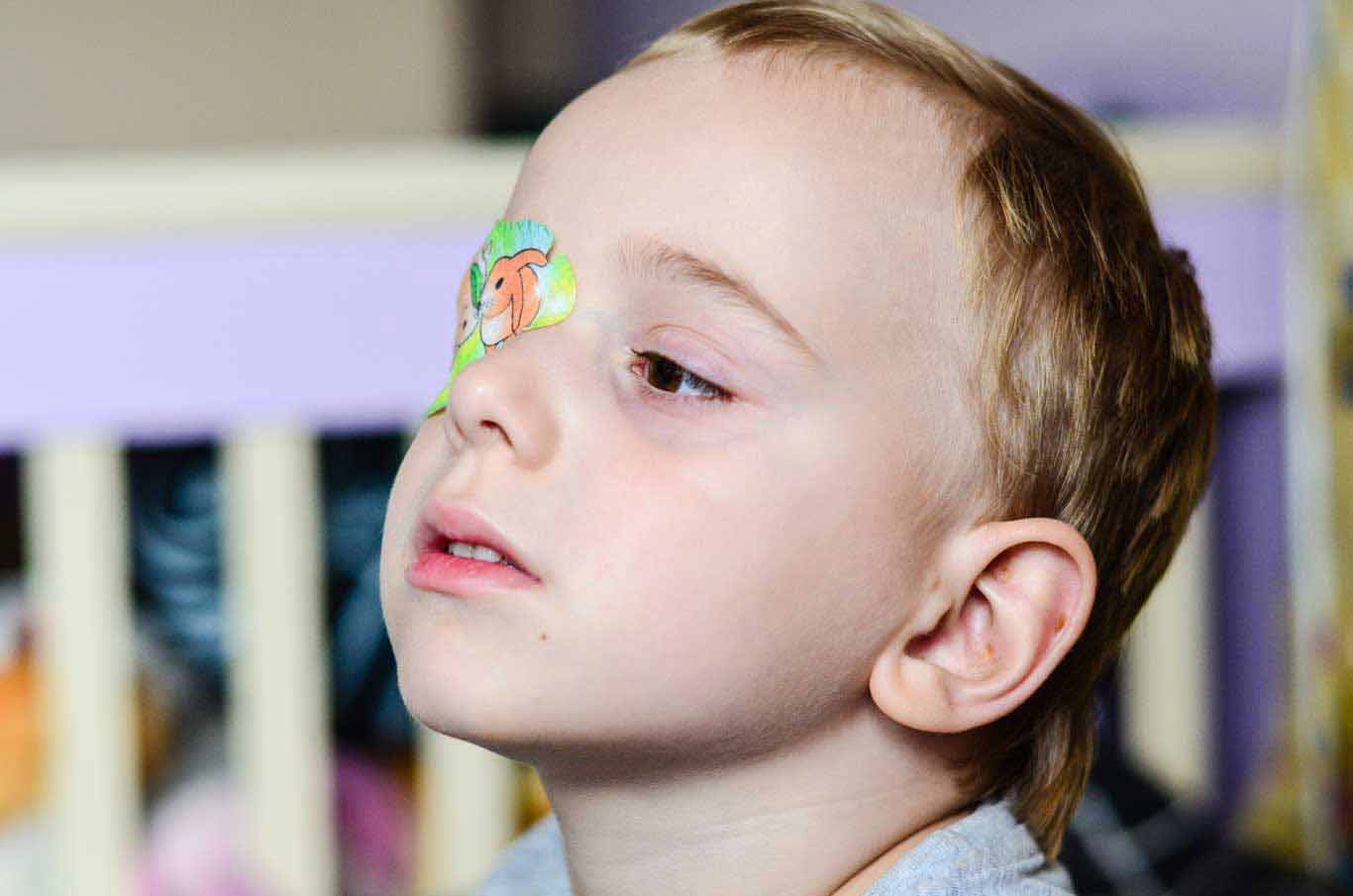



How To Fix A Lazy Eye Amblyopia Treatment In Raleigh Durham Nc Metro Area Correction W Vision Therapy Eye Patching Surgery For Children And Adults
Intermittent exotropia Intermittent exotropia frequently begins around the age of two years A child with intermittent exotropia does not develop diplopia (double vision) due to bitemporal suppression, unlike acquired manifest exotropia in adults With progressive suppression, constant exotropia may developIntermittent exotropia is a condition in which one eye turns outwards (diverges) intermittently, mainly when looking at objects in the distance TheTreatment of Intermittent Exotropia Treatment options consist of Vision Therapy, patching, eyeglasses and/or, very rarely, surgery The most successful form of treatment is inoffice supervised Vision Therapy with home reinforcement Therapy changes the brain and is directed at the cause and cure of the problem
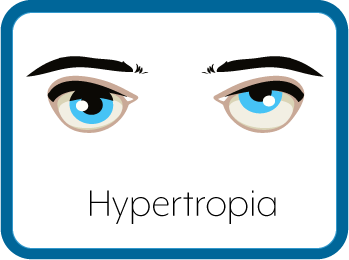



Hypertropia Vertical Strabismus




Exotropia Outward Eye Turn
The severity of symptoms the patient is experiencing For mild cases of exotropia, eyelasses and/or vision therapy (eye exercises) are the most common treatment methods Eyeglasses are used to make each eye see as well as possible so that the eyes will work together as a teamOVERCORRECTING minus lens therapy has been recommended as a treatment for intermittent exotropia 13 By fitting myopic spectacles on hyperopic patients, or spectacles that overcorrect the myopia on myopic patients, accommodative convergence will be stimulated This should reduce the angle or frequency of an exotropic deviationDuring the exophoric phase, patients have bifoveal fusion with excellent stereo acuity When exotropia (manifest strabismus) is present, most patients demonstrate suppression Occasionally, patients with late onset intermittent exotropia (after 5 or 6 years of age) will experience diplopia
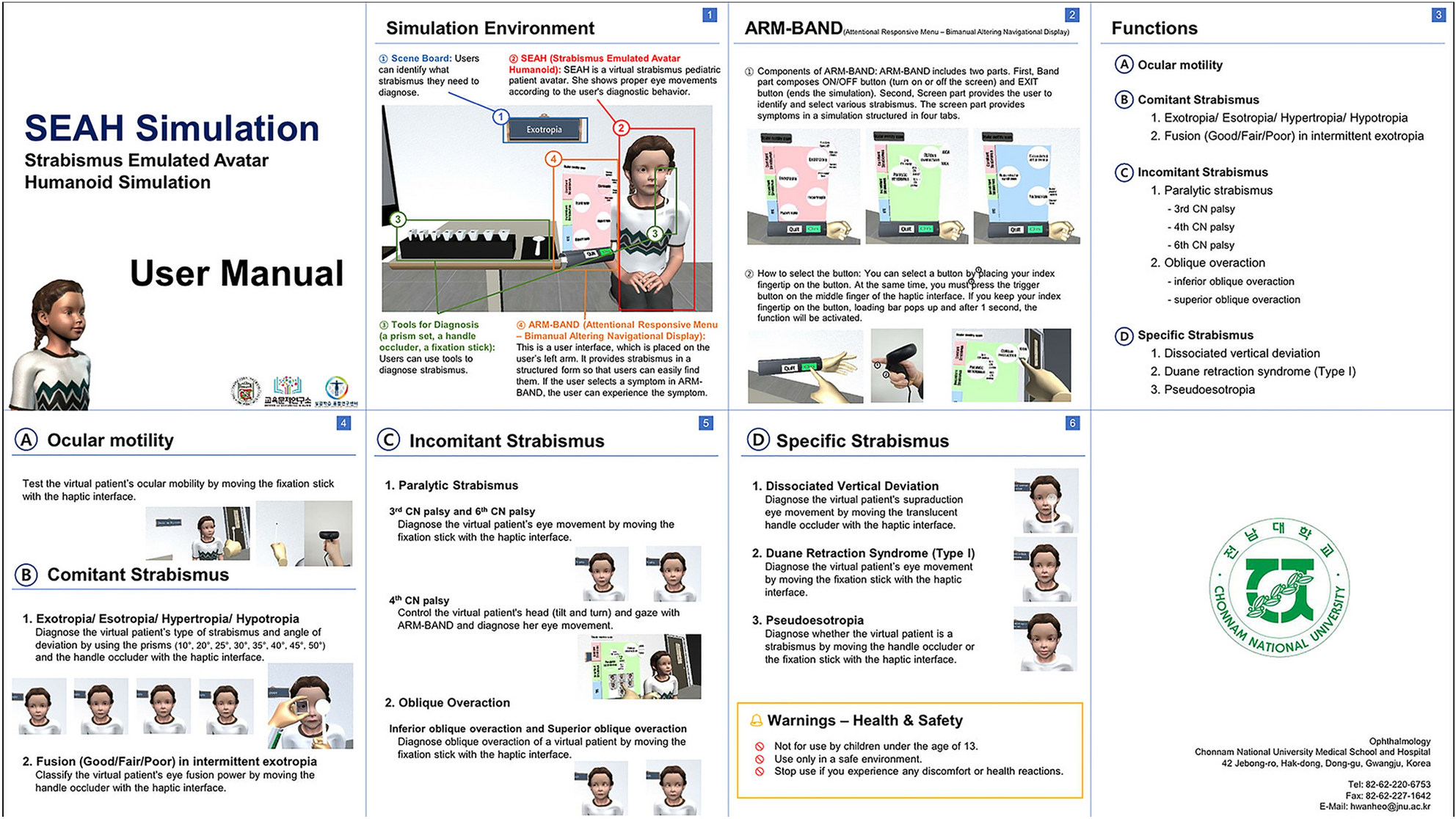



Usefulness Of Virtual Reality Based Training To Diagnose Strabismus Scientific Reports




Exodeviations An Exodeviation Is A Divergent Strabismus That
Exotropia is a common condition It comprises 25% of all ocular misalignment cases in young childrenWhile it could happen periodically (eg, intermittent exotropia), it could also be constant However, it is more typical to find exotropia developed while a child is 1 to 4 years old




What Is Intermittent Strabismus Optometrists Org
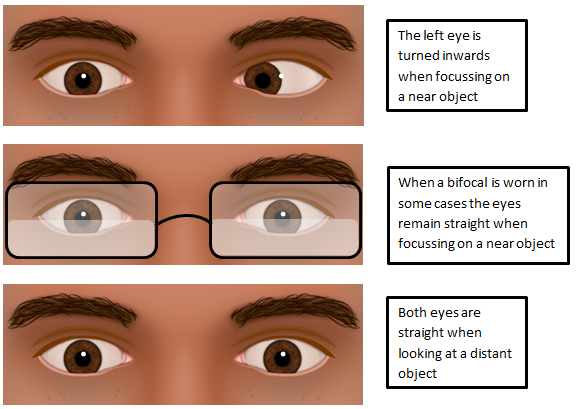



Convergence Excess Type Intermittent Esotropia Hull University Teaching Hospitals Nhs Trust




Classification Of Intermittent Exotropia American Academy Of Ophthalmology




Strabismus Treatments Without Surgery With Exercises Vision Therapy



Vision Therapy Northwest Eye Care Professionals




Treatment Options For Squint In Adults Dr Sirish Nelivigi Youtube




Exotropia Central Eye Care
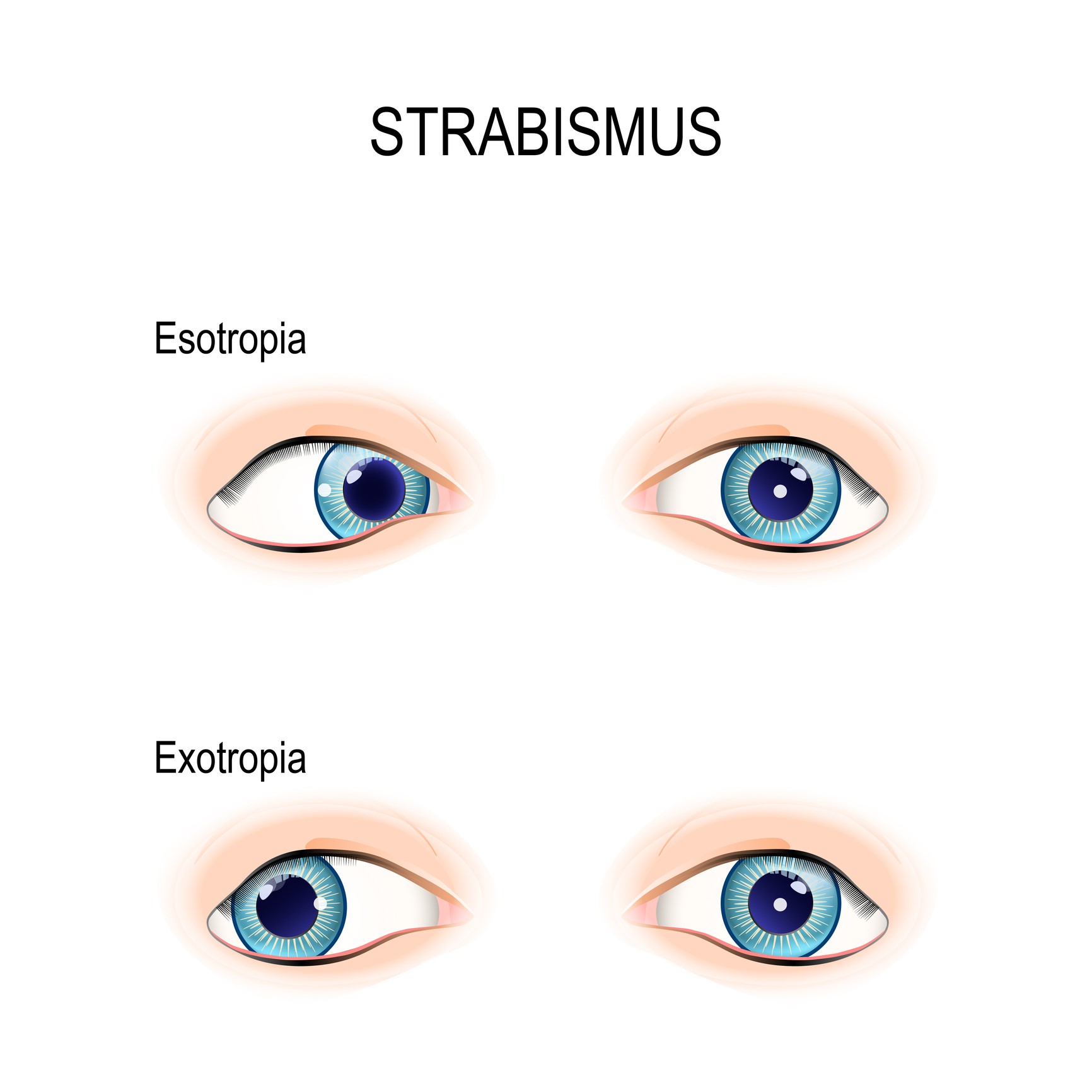



What Is Strabismus The Optometry Center For Vision Therapy




Management Of Intermittent Exotropia Of The Divergence Excess Type A Teaching Case Report The Journal Of Optometric Education
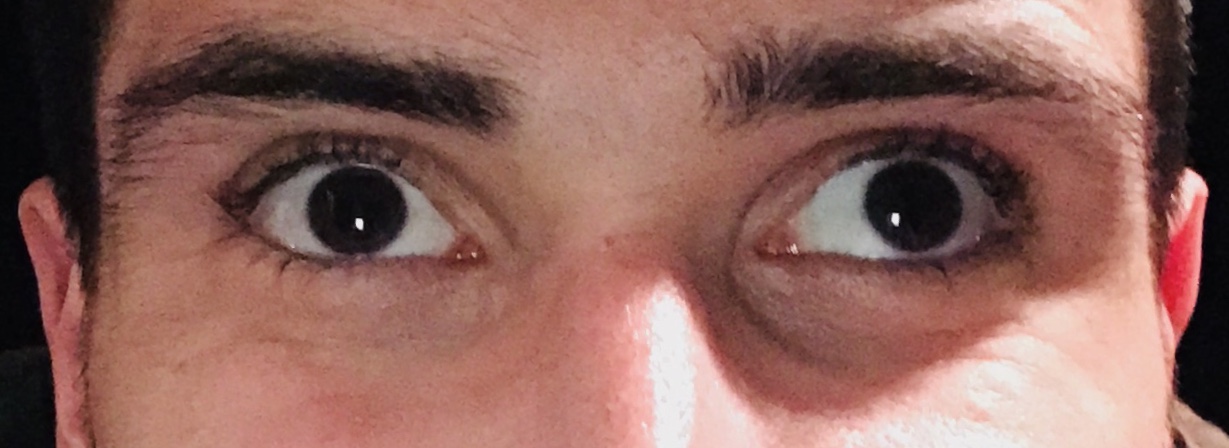



Strabismus Wikipedia




What Is Exotropia Optometrists Org




Acute Acquired Comitant Esotropia In Adults Is It Neurologic Or Not




Adult Strabismus Preferred Practice Pattern Ophthalmology



1
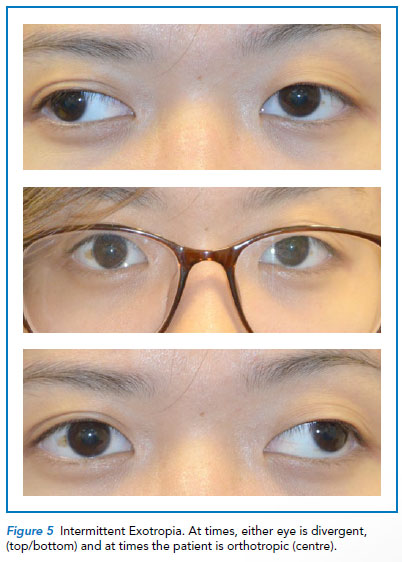



Common Strabismus In Children Singhealth
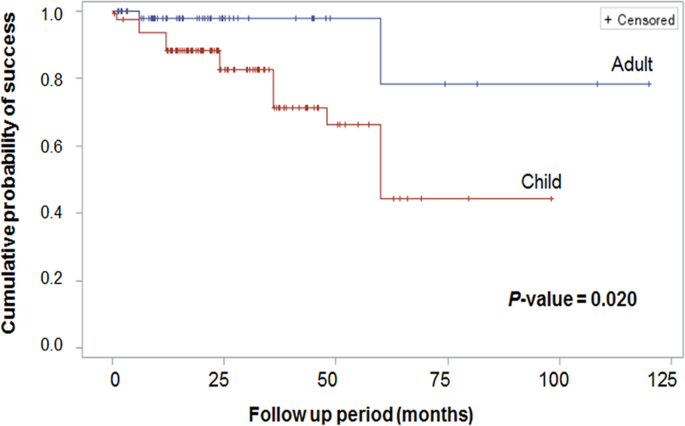



Survival Analysis Of Adult And Children Intermittent Exotropia Using A Matched Case Control Design Scientific Reports
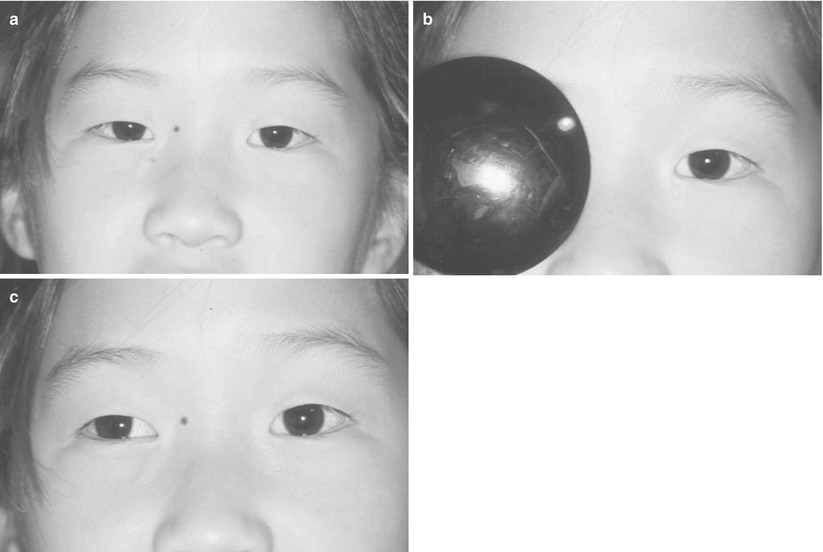



Exotropia Ento Key




Non Surgical Management Options Of Intermittent Exotropia A Literature Review Heydarian S Hashemi H Jafarzadehpour E Ostadi A Yekta A Aghamirsalim M Dadbin N Ostadimoghaddam H Khoshhal F Khabazkhoob M J Curr
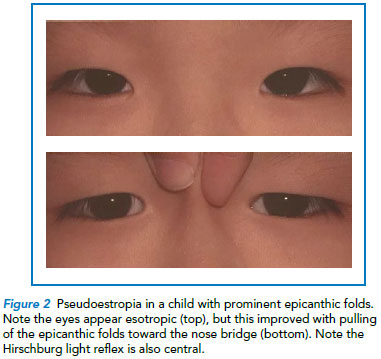



Common Strabismus In Children A Brief Overview Singhealth




3 Proven Exercises For Strabismus Lazy Eye Selectspecs Glasses Blog
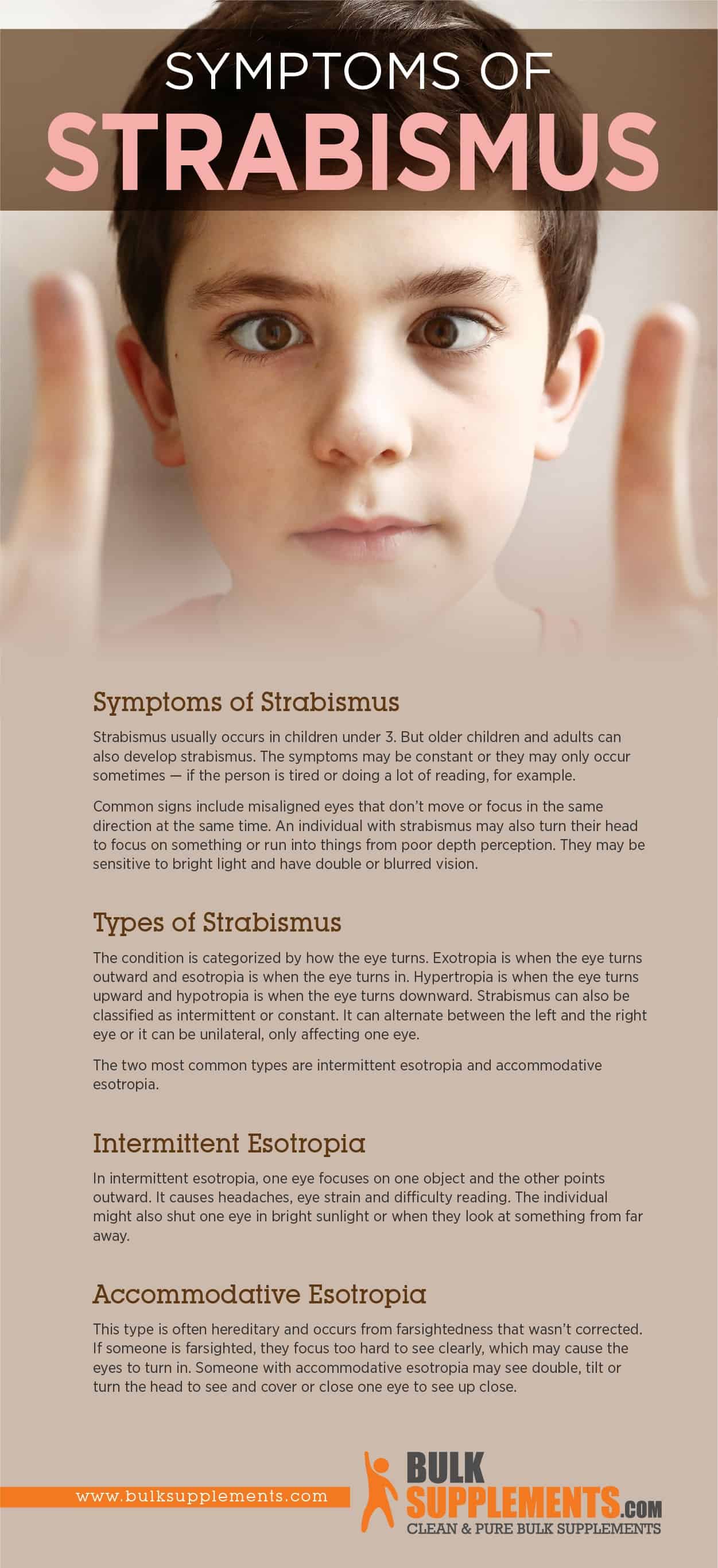



What Is Strabismus Causes Symptoms Treatment




Lazy Eye Bronx Amblyopia In Bronx Amblyopia Treatment Bronx




Exotropia Types Symptoms Diagnosis Treatment Prevention



Ophthalmology Exotropia Dr Maria Elisa Scarale



Dos Jul 17 Flip Ebook Pages 1 50 Anyflip Anyflip



The Ongoing Challenge Of Intermittent Exotropia American Academy Of Ophthalmology



2
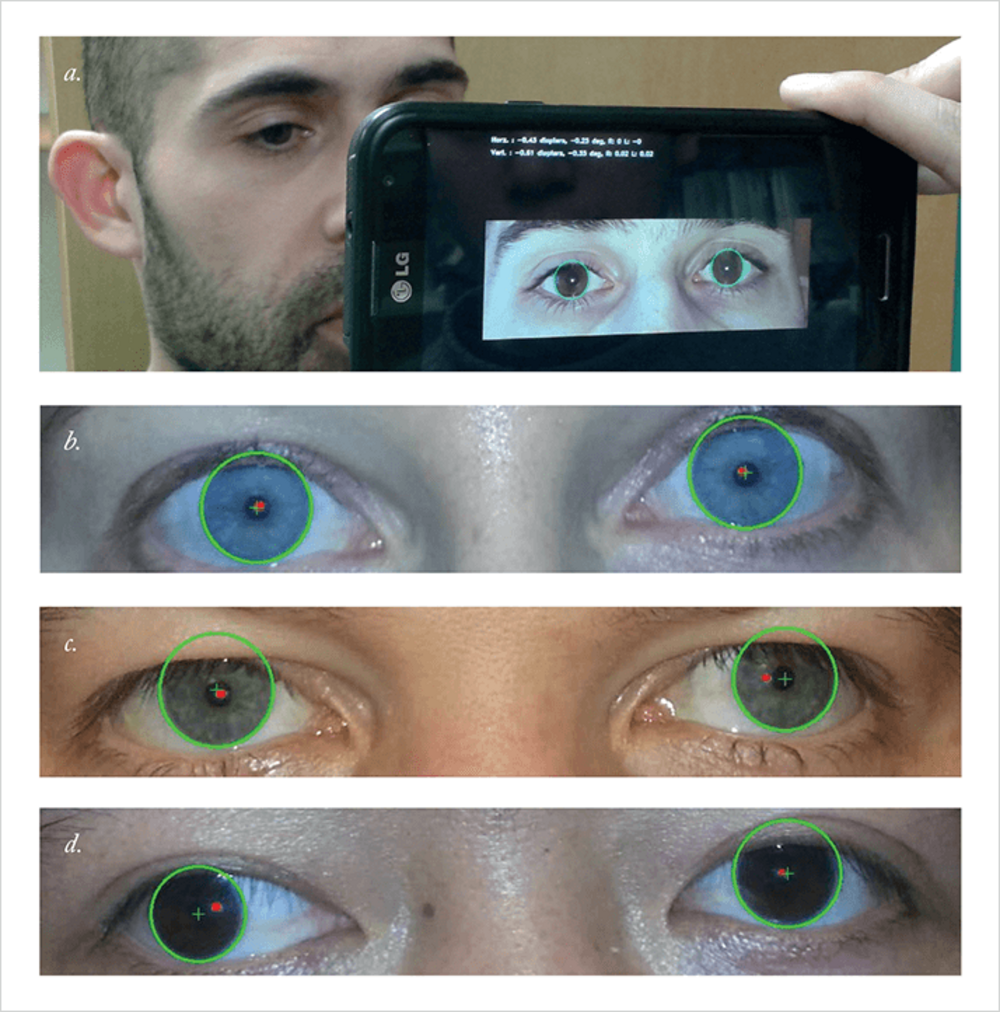



Strabismus Screening Now There S An App For That




Outcomes Of Undercorrection In Surgical Management And Binocular Visio Opth




Adult Intermittent Exotropia Pre And Postoperative Examination Notes Download Scientific Diagram




Exotropia Eyewiki




How To Fix Exotropia 9 Steps With Pictures Wikihow
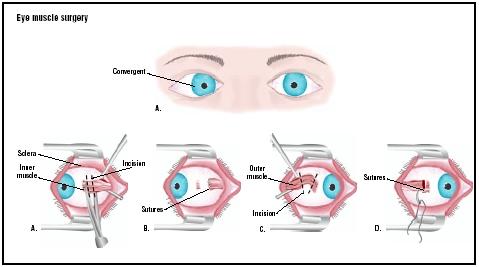



Eye Muscle Surgery Procedure Recovery Blood Pain Complications Adults Time Infection




Exotropia American Association For Pediatric Ophthalmology And Strabismus
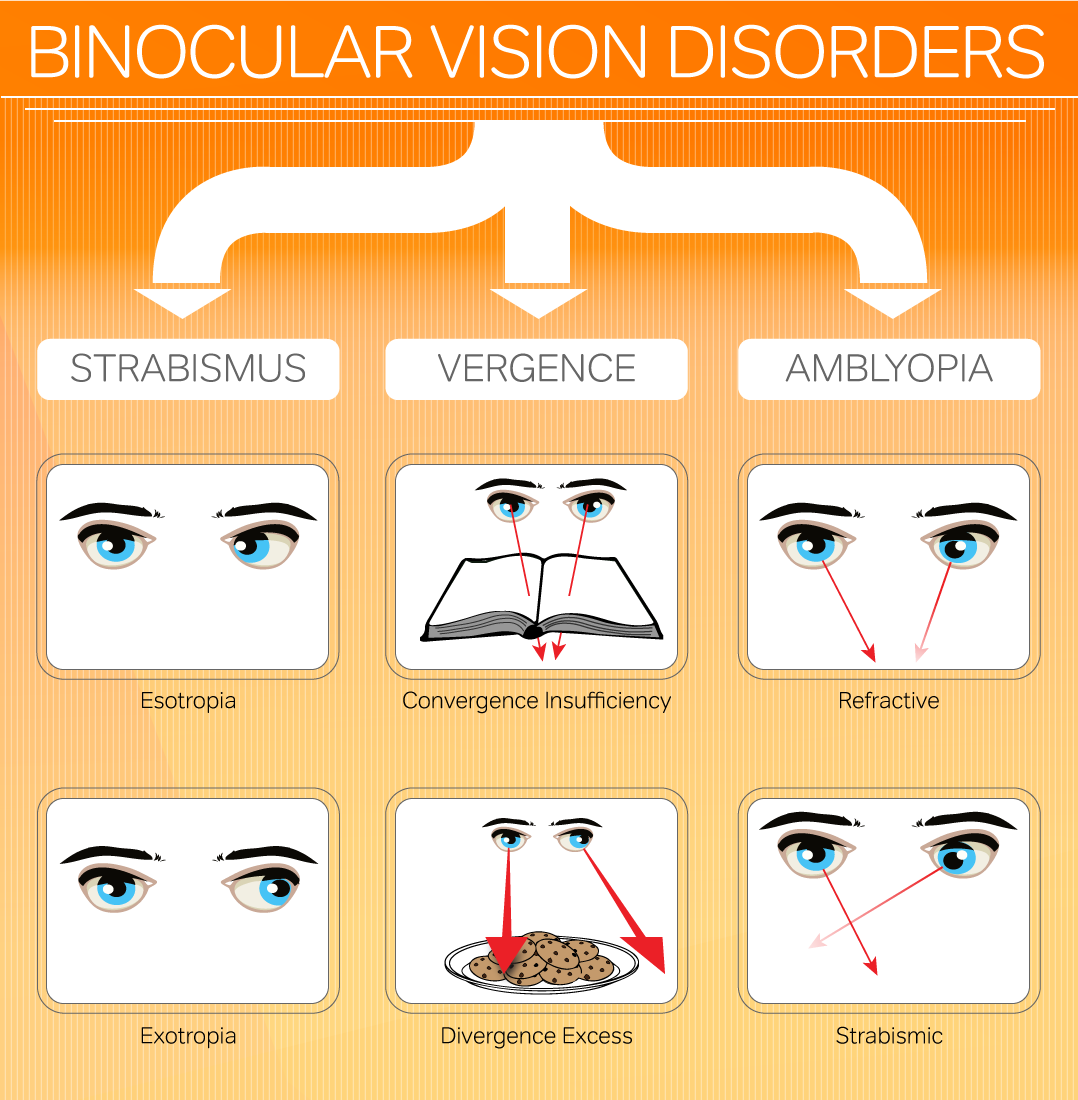



Signs And Symptoms Of Binocular Vision Problems




Exophoria




Vision Therapy Panorama Optometry
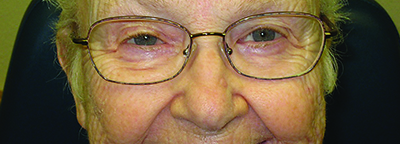



How To Take On Strabismus In Adults




Jaypeedigital Ebook Reader



2
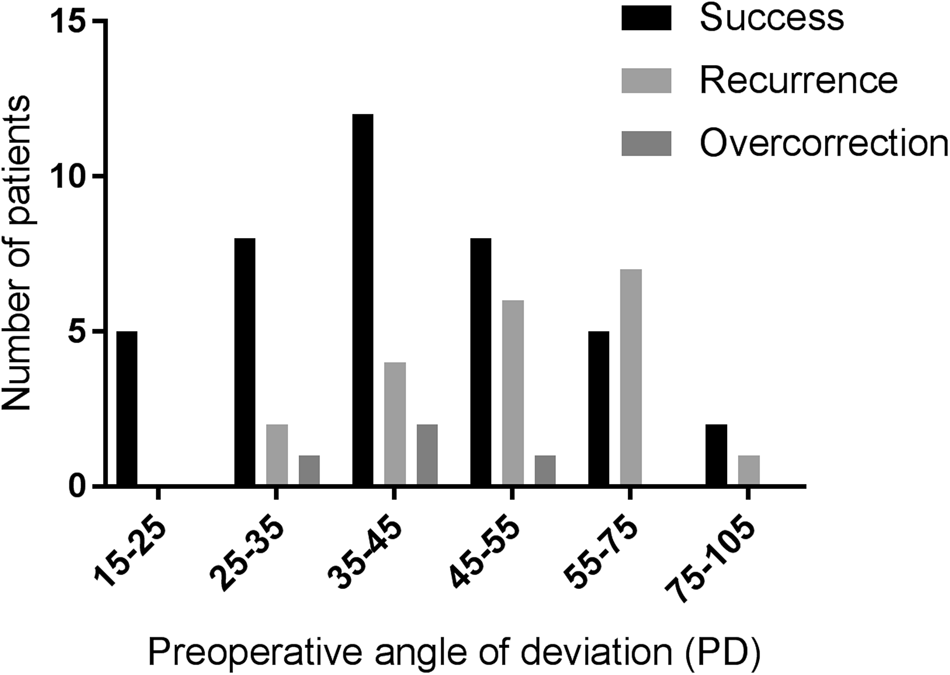



Surgical Results And Factors Affecting Outcome In Adult Patients With Sensory Exotropia Eye
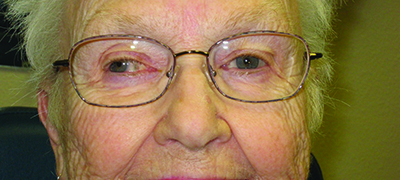



How To Take On Strabismus In Adults
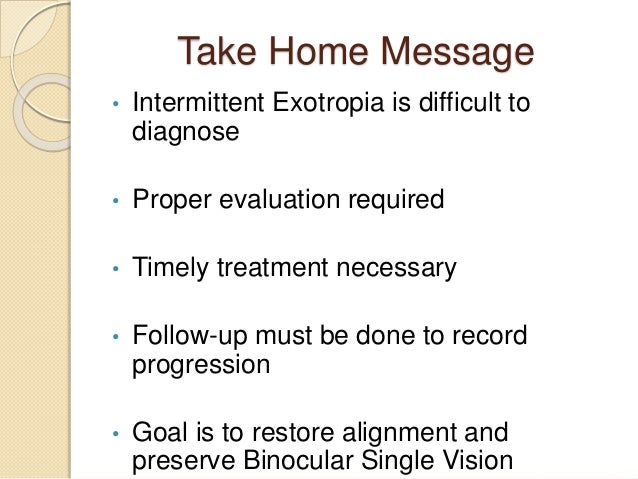



Intermittent Xt




Pdf Intractable Diplopia After Strabismus Surgery In Adults Semantic Scholar



1




Summary Of Surgical Treatment For Residual And Recurrent Exotropia Download Table




Strabismus Amblyopia Leukocoria Saeed Alwadani Md Assistant Professor
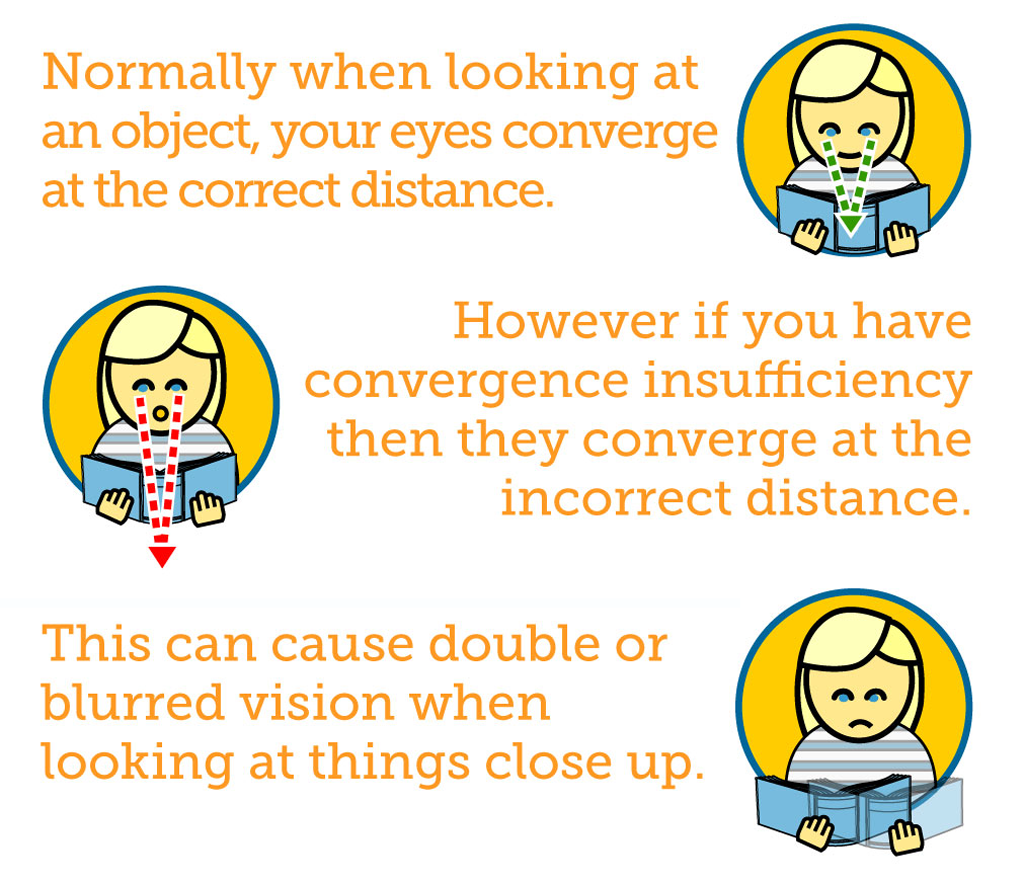



What Is Convergence Insufficiency




Adult Strabismus Fact Sheets Yale Medicine




Esotropia Alternating And Intermittent Types And Treatment Options
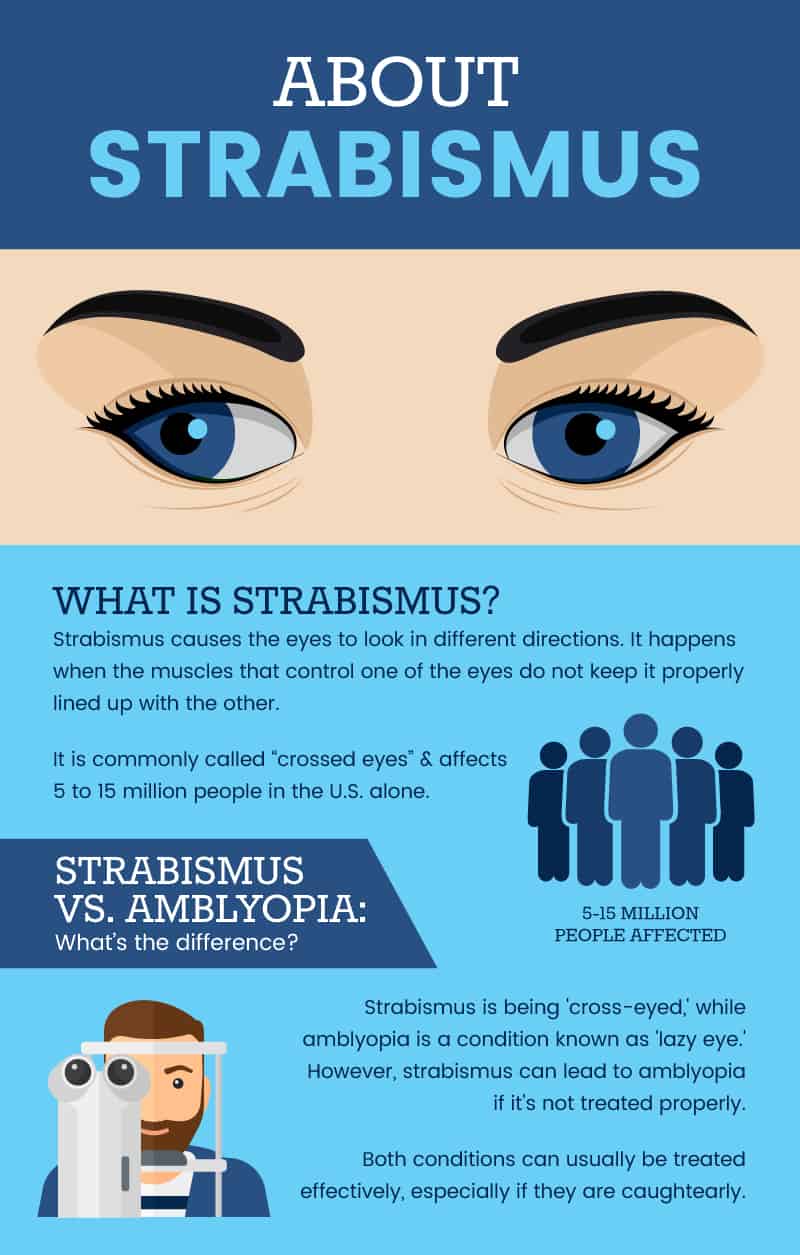



Strabismus Natural Ways To Help Resolve Crossed Eyes Dr Axe




Exotropia Central Eye Care



Success Stories About Squint Treatment In Gurgaon Dr Digvijay Singh




Survival Analysis Of Adult And Children Intermittent Exotropia Using A Matched Case Control Design Scientific Reports



1




Non Surgical Management Options Of Intermittent Exotropia A Literature Review Heydarian S Hashemi H Jafarzadehpour E Ostadi A Yekta A Aghamirsalim M Dadbin N Ostadimoghaddam H Khoshhal F Khabazkhoob M J Curr




What Does Exotropia Mean
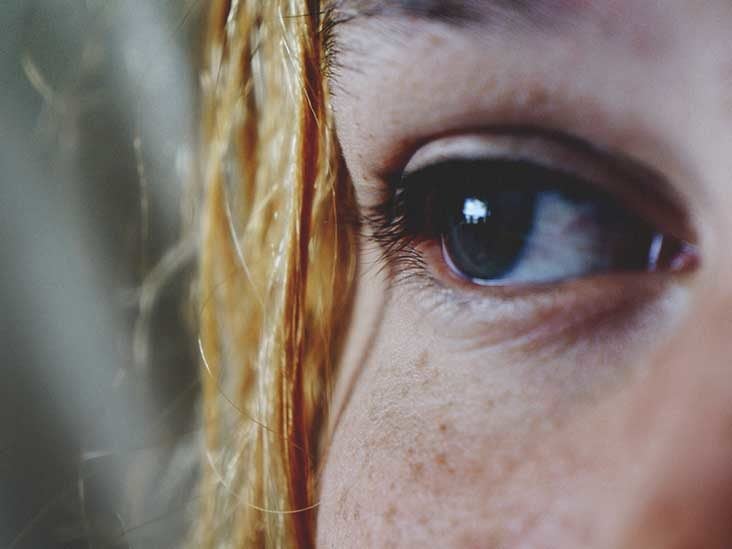



Exotropia Symptoms Management And More




How To Fix Exotropia 9 Steps With Pictures Wikihow




Pdf Intractable Diplopia After Strabismus Surgery In Adults Semantic Scholar




Exotropia In Children And Adults




Squint Treatment Without Surgery In India Sanjeevan




Pdf The Stabilization Of Postoperative Exo Drift In Intermittent Exotropia After Surgical Treatment Semantic Scholar




Strabismus And Crossed Eyes Causes And Treatment All About Vision




3 Eye Exercises For Strabismus Healthline



3
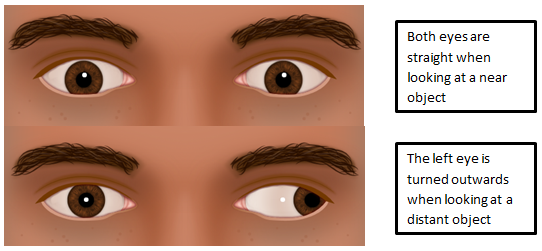



Intermittent Distance Exotropia Hull University Teaching Hospitals Nhs Trust
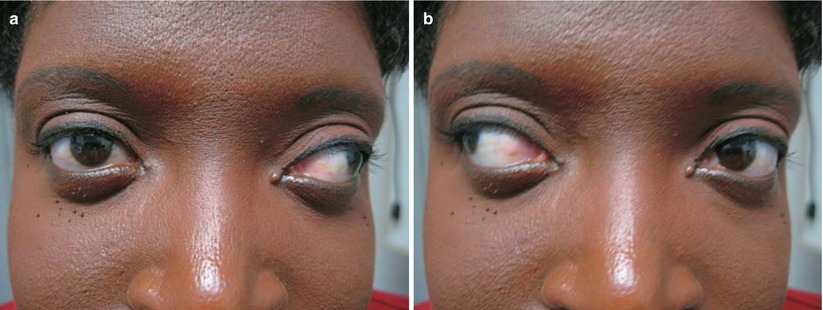



Exotropia Ento Key
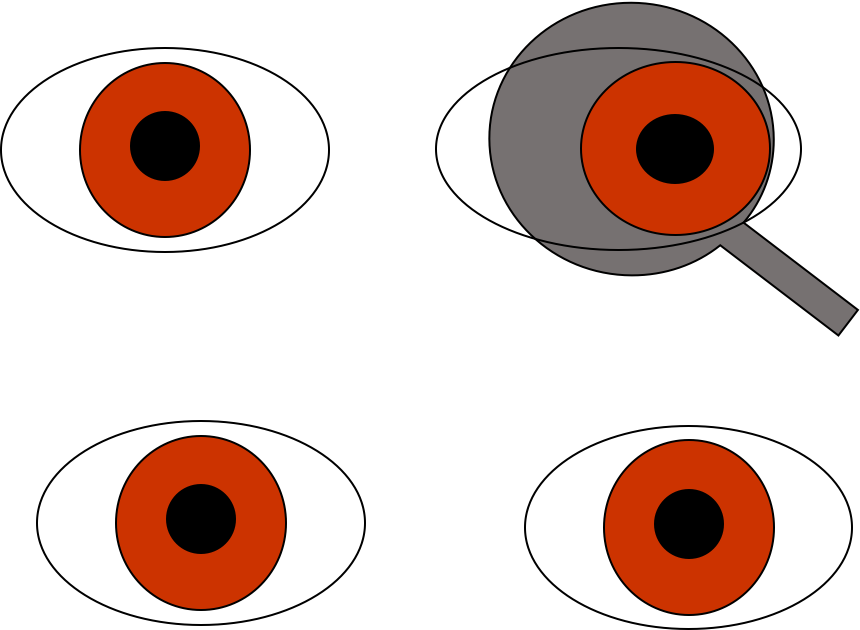



Intermittent Exotropia Simplified For The Postgraduates




Strabismus Treatment Gallaway Beckett Vision Therapy New Jersey Philadelphia
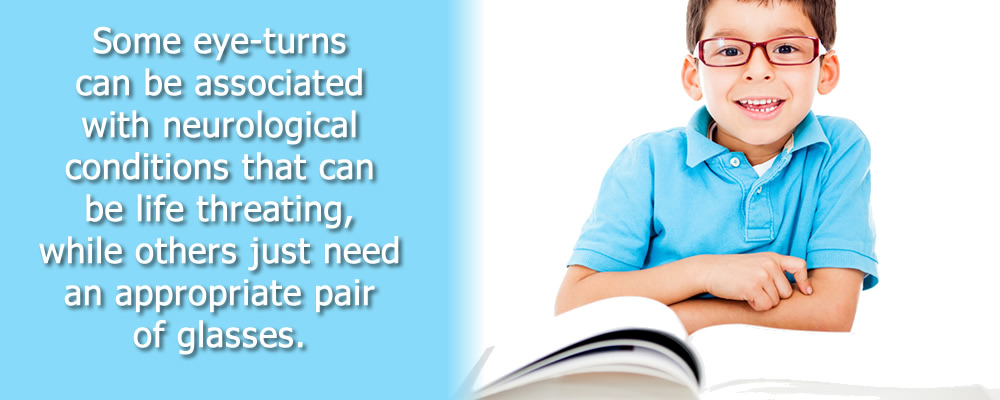



Exotropia Outward Eye Turn
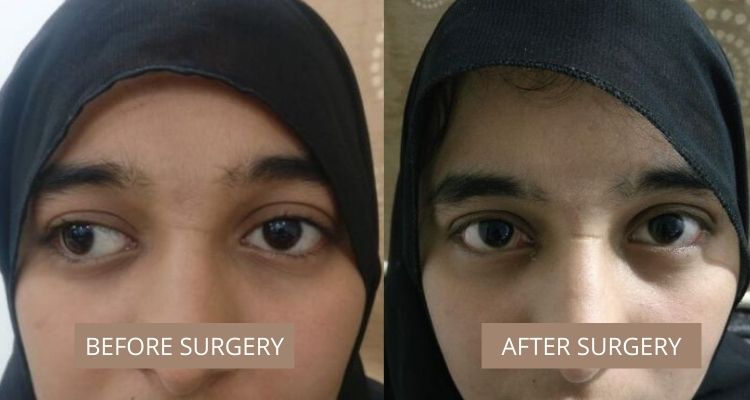



Exotropia Best Squint Treatment In Mumbai Eye Solutions




Management Of Intermittent Exotropia Of The Divergence Excess Type A Teaching Case Report The Journal Of Optometric Education




Management Of Intermittent Exotropia Of The Divergence Excess Type A Teaching Case Report The Journal Of Optometric Education




What Is Exotropia Vision Express
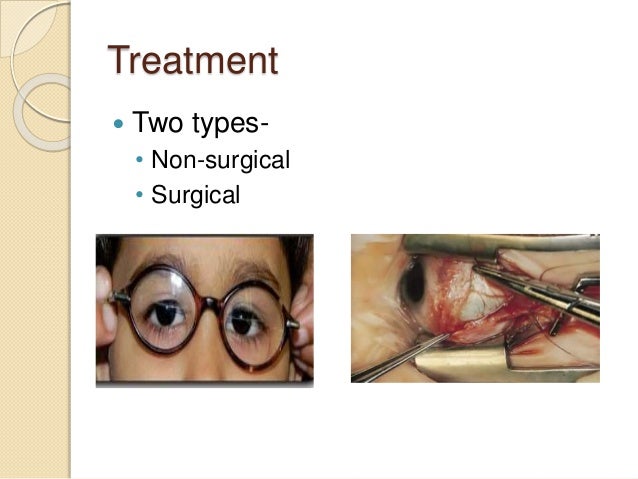



Intermittent Exotropia
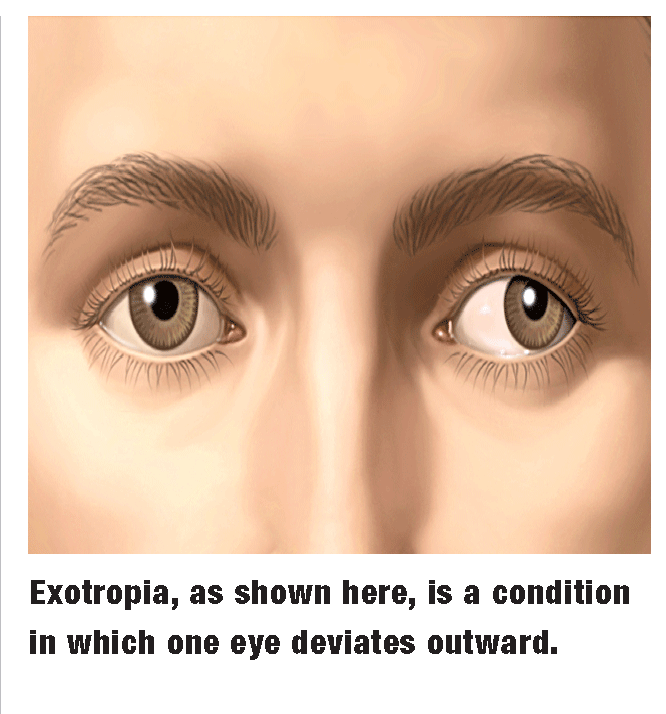



Do You See A Pattern




Non Surgical Management Options Of Intermittent Exotropia A Literature Review Heydarian S Hashemi H Jafarzadehpour E Ostadi A Yekta A Aghamirsalim M Dadbin N Ostadimoghaddam H Khoshhal F Khabazkhoob M J Curr
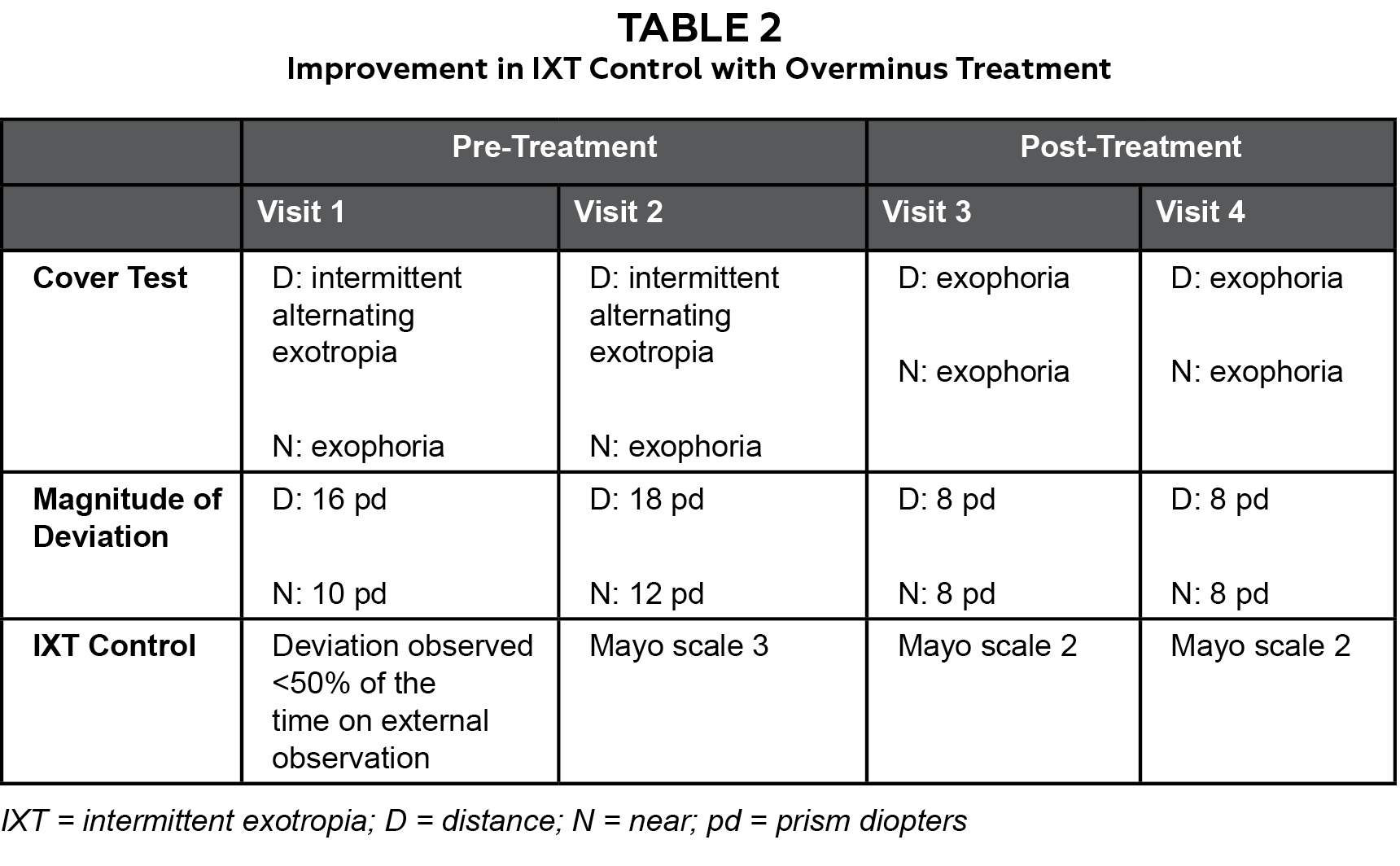



Management Of Intermittent Exotropia Of The Divergence Excess Type A Teaching Case Report The Journal Of Optometric Education
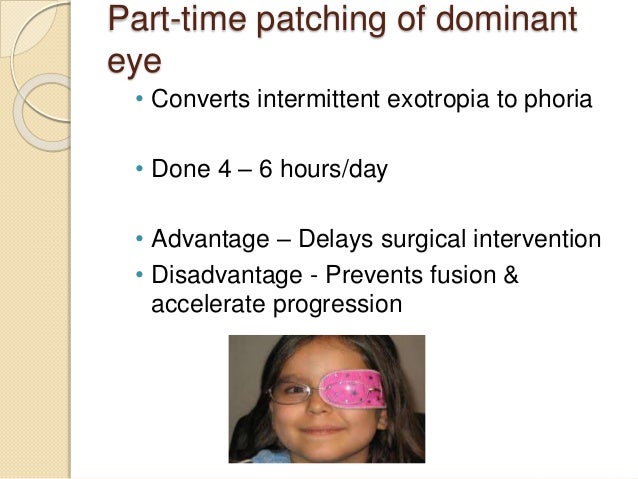



Intermittent Exotropia



0 件のコメント:
コメントを投稿